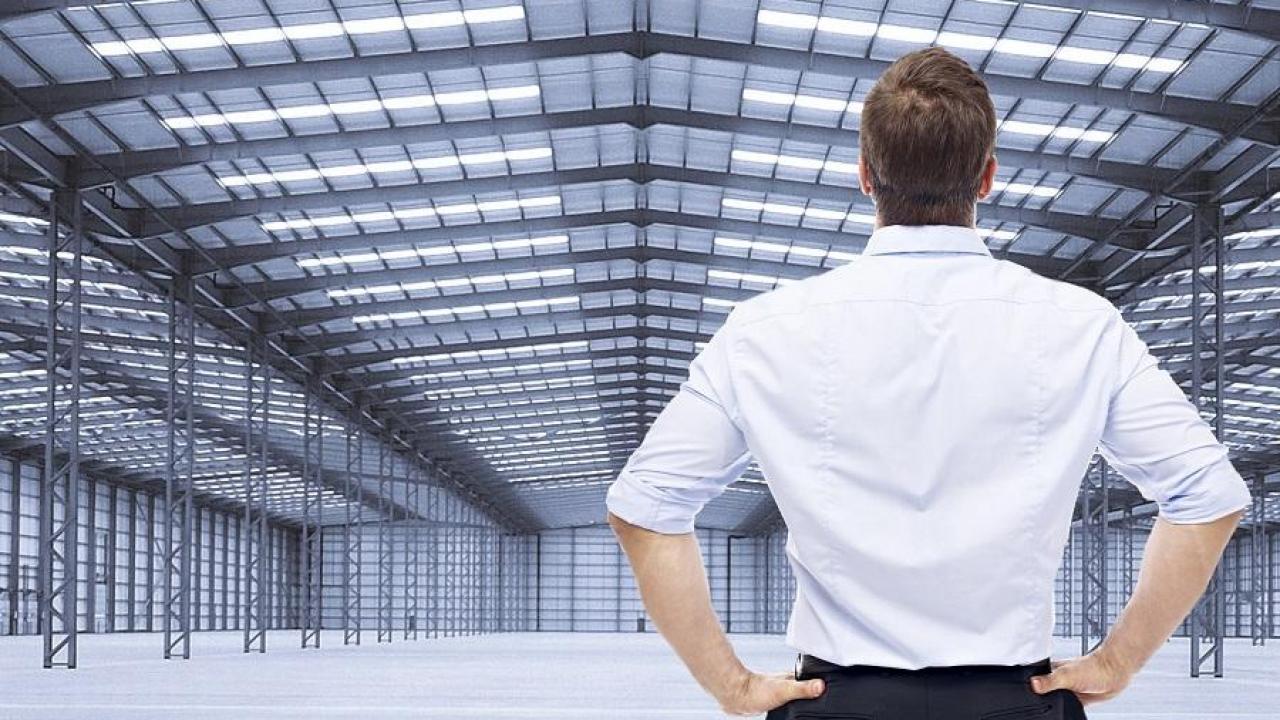

Better buildings with BREEAM rated rooflights
· “They’re just a hole in the roof that lets the light in.”
· “We just specify one rooflight in the middle of each bay.”
· “I’ve always been taught that 10% rooflights is plenty.”
All of these statements can cost you money and efficiency in your completed industrial or commercial building.
Many Architects and contractors believe that specifying rooflights for the design of an industrial building can often be something of an afterthought.
As long as they install roughly 10% of the roof area as rooflights, they’ve pretty much got it covered, haven’t they?
After all, they all let in daylight and surely that’s all that matters, isn’t it? No, it isn’t - And here’s why it matters.
Natural daylight is our most abundant and accessible resource. It sustains and supports the vast majority of the earth and is critical to our wellbeing. On the most fundamental of levels, natural daylight is the natural state for human beings. It is the environment in which we have evolved and in which we are at our most comfortable.
It is natural daylight that has a whole range of positive effects on building occupants. Exposure to daylight enhances mood and energy through the release of endorphins. In fact, daylight is critical to mental wellbeing - as evidenced by the growing understanding of the condition known as SAD - Seasonal Affective Disorder, caused by inadequate exposure to daylight.
In factories and warehouses, high daylight levels contribute to increased productivity, improved levels of safety and reduced absenteeism.
But there’s another extremely important factor that’s been the subject of significant research over the last two decades – one which plays an increasingly important role in building design today and will continue to do so in the future - energy saving.
Rooflights, via the provision of daylight, contribute benefits to a building which are additional to those delivered by the roof system. They are a key component and, in some instances, essential to achieving regulatory compliance.
Electrical lighting energy represents nearly 20% of global energy consumption. Therefore reducing energy demand by introducing more daylight into buildings should be a priority for specifiers. This cannot be fully achieved by simply specifying a roof system without giving proper consideration to the rooflights.
The balance between daylighting, electrical lighting, heat loss and solar gain is a delicate one. It involves maximising the reduction in lighting energy usage and minimising heat loss without overheating the building. At Hambleside Danelaw we can provide a wide range of rooflight configurations to enable you to maximise the energy saving potential of your building envelope.
Looking at the wider picture rooflights can also contribute to BREEAM.
These contributions are easy to achieve, low cost and, moreover, they are ADDITIONAL to any BREEAM contribution from the specified roofing system. It would be wise to consider the rooflights from the outset - ideally RIBA Stage 1 or 2 plan of works to maximise their BREEAM impact and “lock” it in to the building specification. However, given the low-cost element they are also useful to utilise even at later stages as replacement contributions where they may have been missed. The contributions all fall within the highest weighted categories:
- Energy
- Materials, specifically MAT01, MAT02 and MAT03
- Health and Wellbeing
Contact Hambleside Danelaw to find out how we can help you enhance your project. We can shed light on the important design considerations to deliver maximum efficiency to the building.

